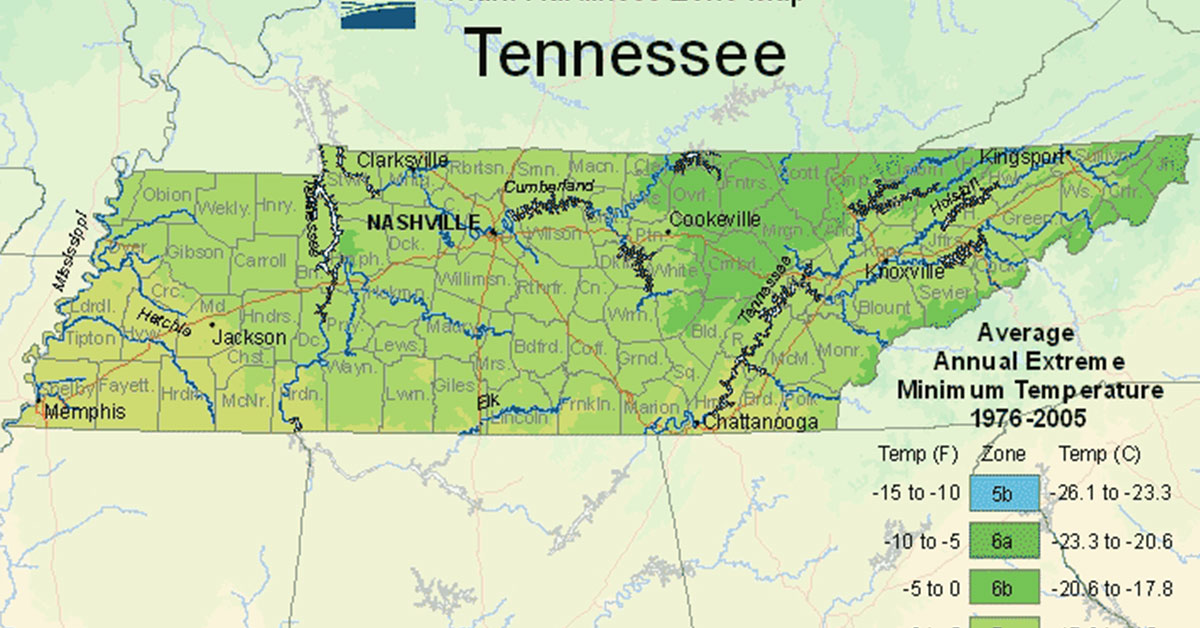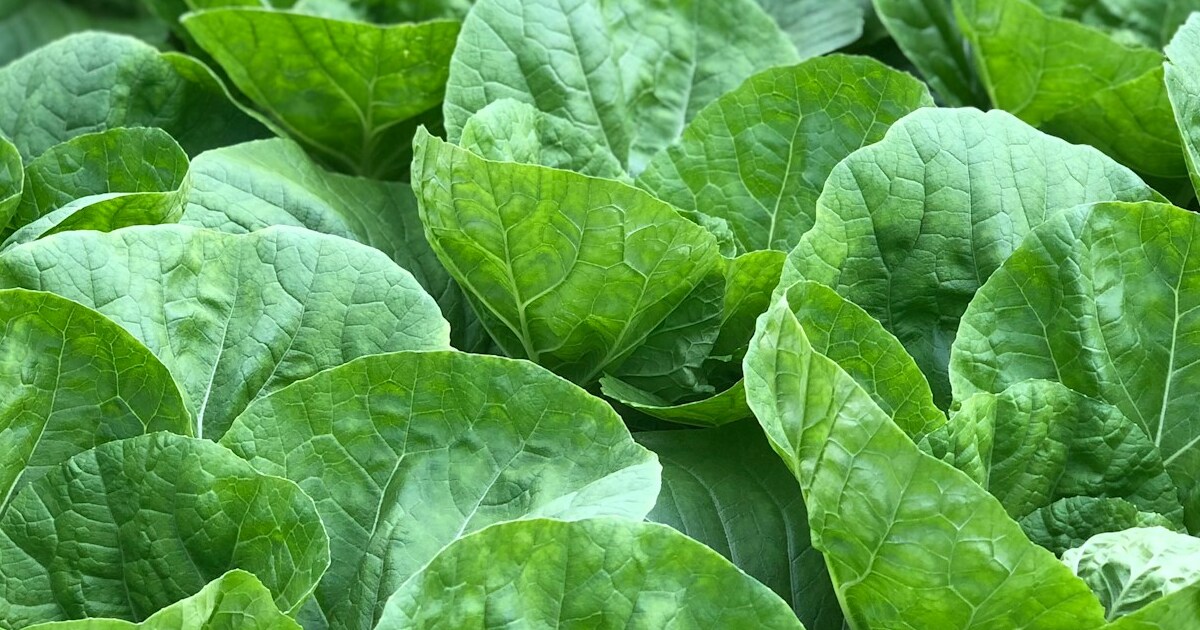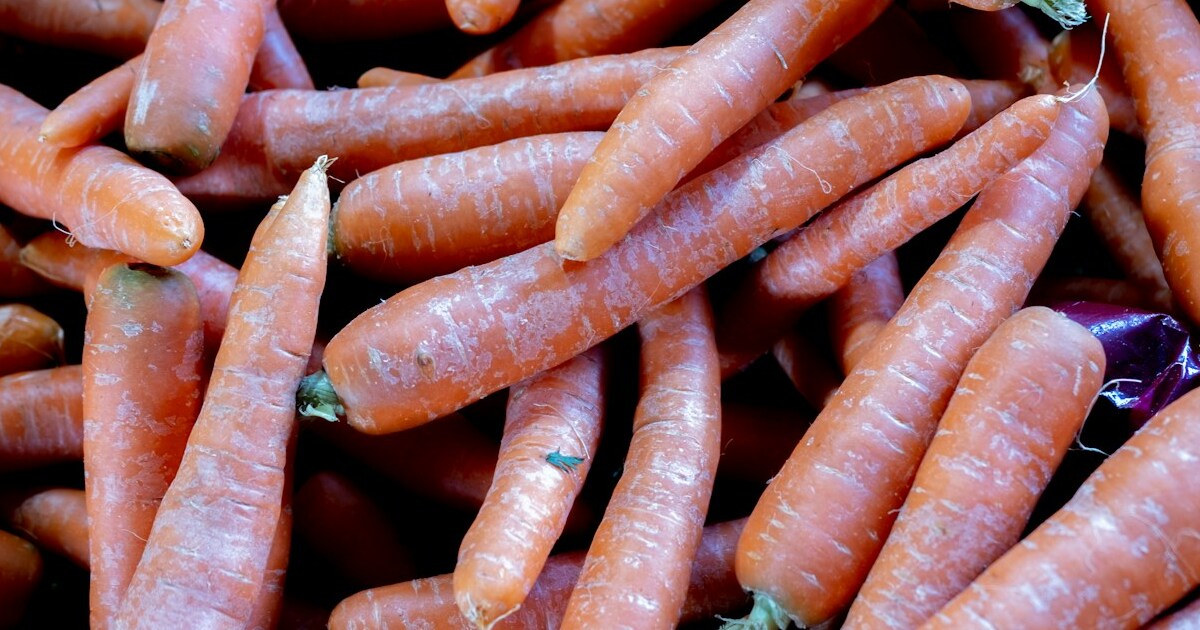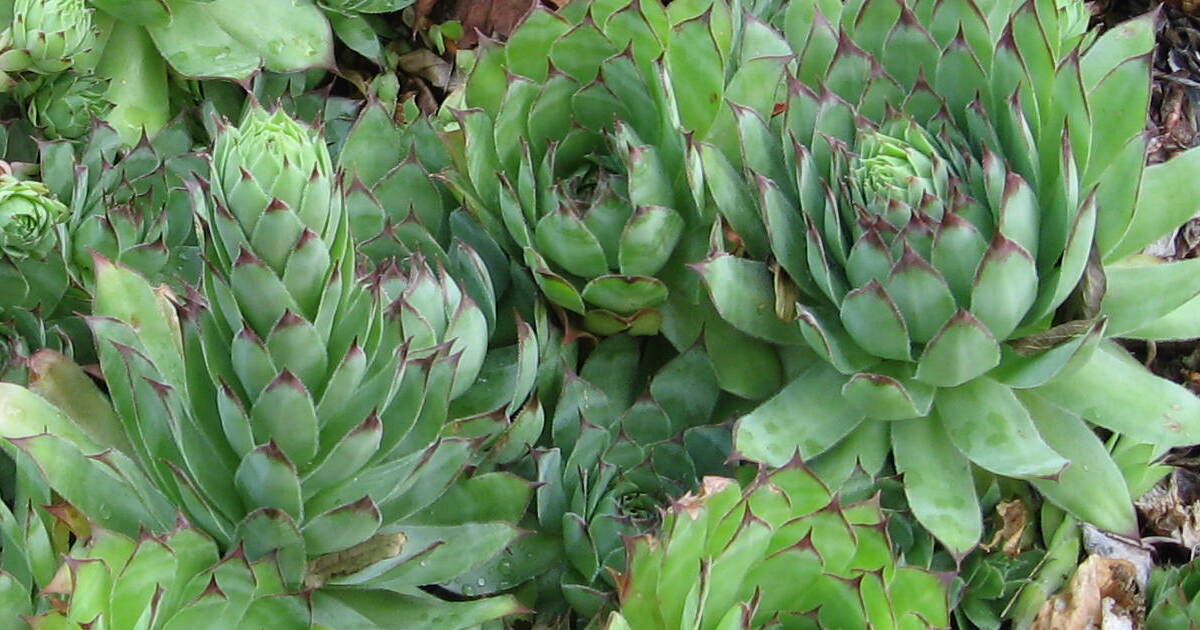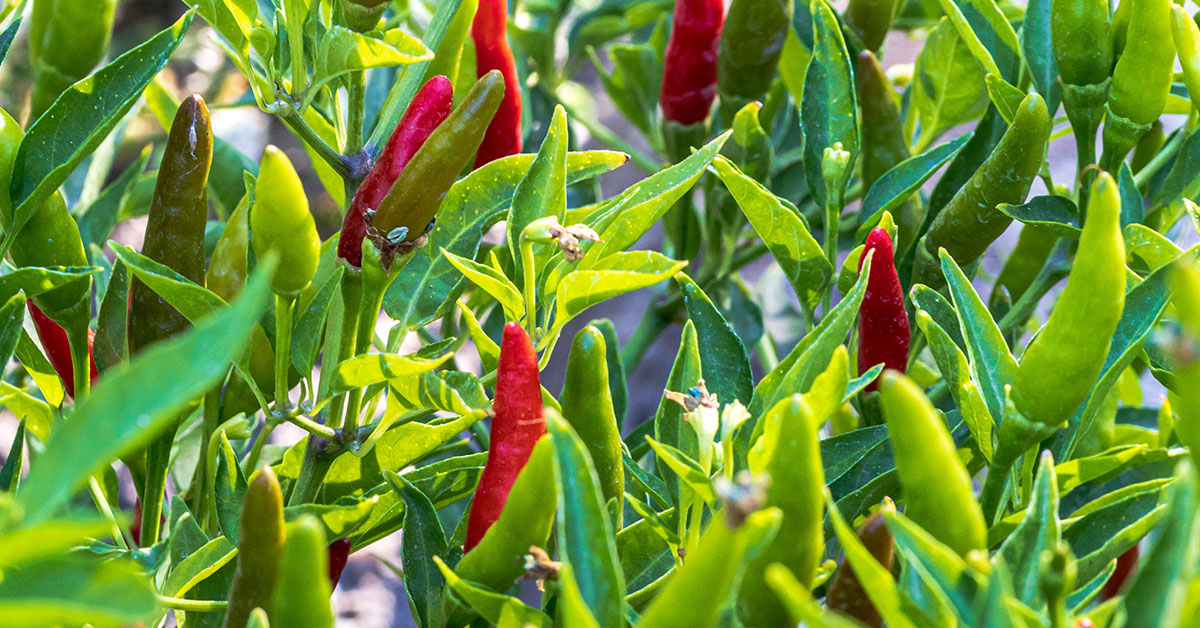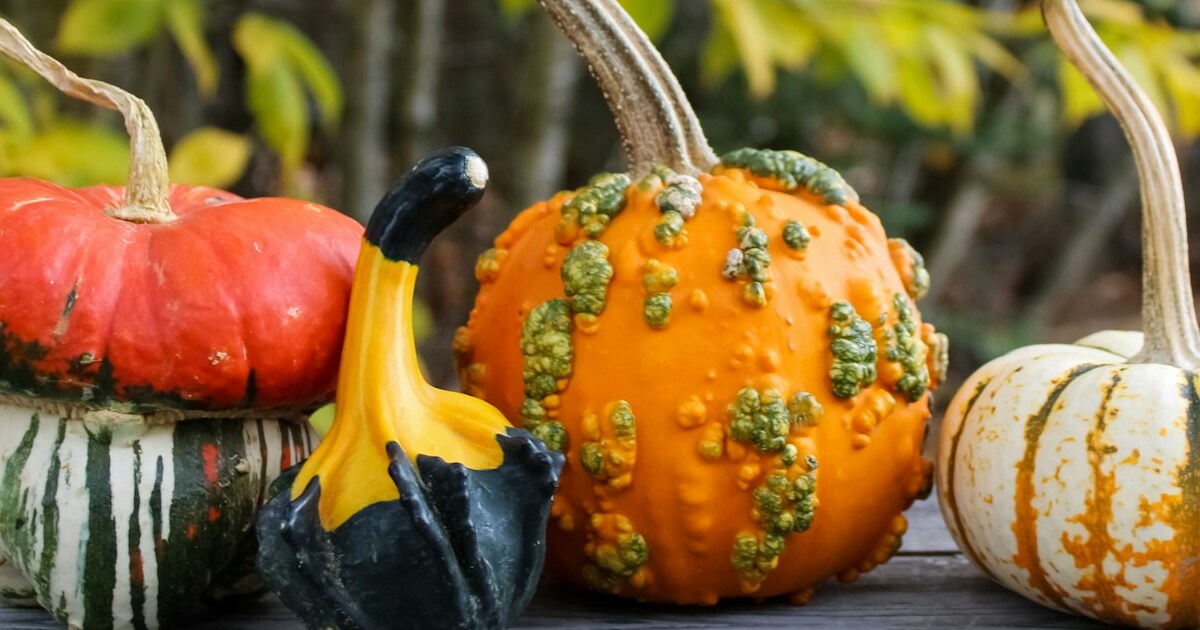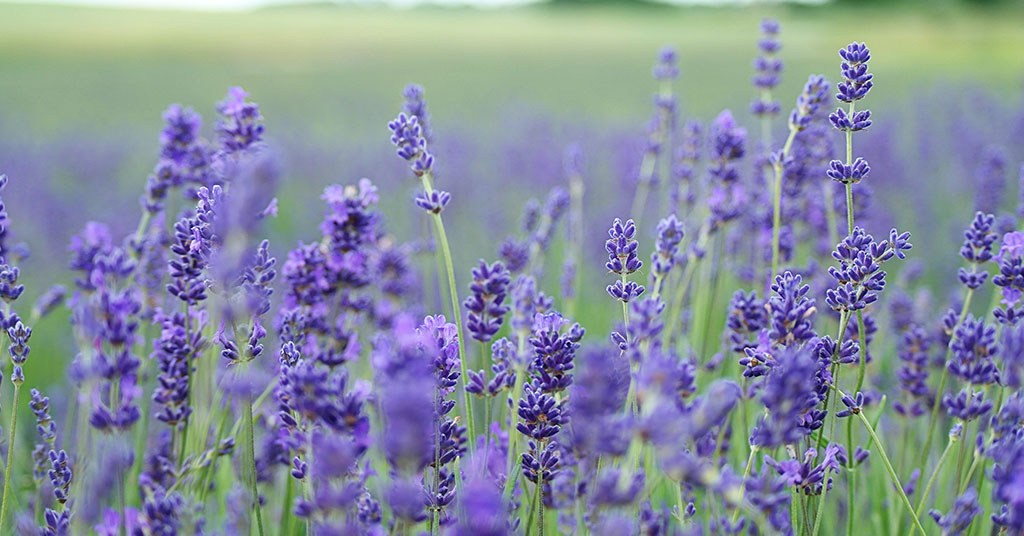Welcome to the vibrant world of gardening in Nashville, Tennessee! Nestled in the heart of the southern United States, Nashville offers a unique and diverse gardening experience. One key factor that plays a crucial role in successful gardening is understanding the USDA hardiness zone of the region. Nashville falls within the USDA hardiness zone 7a, which means that gardeners here face specific challenges and opportunities when it comes to selecting and caring for plants.
In this article, we will delve into the intricacies of gardening in Nashville’s hardiness zone, exploring the wide range of plants that thrive in this climate and providing valuable tips and insights to help you create a flourishing garden in Music City. Whether you are a seasoned gardener or just starting out, get ready to discover the wonders of gardening in Nashville’s unique hardiness zone!
What is Nashville’s USDA hardiness zone?
The USDA hardiness zone is a system developed by the United States Department of Agriculture (USDA) to categorize regions based on their average annual minimum temperatures. This system helps gardeners and plant enthusiasts determine which plants are most likely to thrive in a particular area. In the case of Nashville, Tennessee, the city falls under USDA hardiness zone 7a.
This means that the average annual minimum temperature in Nashville ranges from 0 to 5 degrees Fahrenheit (-18 to -15 degrees Celsius). It is important to note that this is the average minimum temperature, and extreme cold snaps can occasionally occur, resulting in even lower temperatures.
The hardiness zone classification is crucial for gardeners as it provides guidance on which plants are likely to survive and thrive in a specific region. Plants that are rated for zone 7a are generally able to withstand the cold temperatures experienced in Nashville. Some examples of plants that are well-suited for zone 7a in Nashville include:
Perennials: Daylilies, coneflowers, black-eyed Susans, asters, and hostas are popular choices that can withstand the winter temperatures in this zone.
Shrubs: Many shrubs can thrive in zone 7a, including azaleas, hydrangeas, boxwoods, and spireas.
Trees: Some tree species that are suitable for Nashville’s hardiness zone include dogwoods, redbuds, maples, and oaks.
It is important to note that while the hardiness zone provides a general guideline, other factors such as soil type, moisture levels, and sun exposure should also be considered when selecting plants for your garden. Additionally, microclimates within a specific zone can exist, so it is always beneficial to observe and learn from local gardeners and nurseries who have experience with the specific conditions in Nashville.
By understanding the USDA hardiness zone in Nashville, gardeners can make informed decisions about the types of plants that are most likely to thrive in their gardens, ensuring a successful and beautiful landscape.
When can you plant your garden in Nashville?
In Nashville, the ideal planting times can be determined by considering the USDA hardiness zone for the region. Nashville falls under USDA hardiness zone 7a, which means it experiences an average minimum winter temperature of 0 to 5 degrees Fahrenheit (-17.8 to -15 degrees Celsius).
For spring planting, which is typically the busiest time for gardeners, it is recommended to wait until the last frost date has passed. In Nashville, the average last frost date falls around mid-April. However, it’s always a good idea to keep an eye on the weather forecast and local gardening resources for more accurate information.
For warm-season crops like tomatoes, peppers, and cucumbers, it is best to wait until the soil has warmed up to at least 60 degrees Fahrenheit (15.6 degrees Celsius) before planting them outdoors. This usually occurs in late April or early May in Nashville.
Fall is also a great time for planting in Nashville. The cooler temperatures and increased rainfall create favorable conditions for establishing new plants. The ideal time for fall planting is typically from mid-September to mid-October. This allows the plants to establish their root systems before the winter sets in.
It’s important to note that these planting times are general guidelines, and local weather conditions can vary from year to year. It’s always a good idea to consult with local gardening resources, such as county extension offices or experienced gardeners in your area, for more specific and up-to-date information on ideal planting times.
What grows well in Nashville?
Nashville, Tennessee falls within USDA hardiness zone 7a. This means that the average minimum winter temperature in this area ranges from 0°F to 5°F (-17.8°C to -15°C). Here is a comprehensive list of plants that generally grow well in Nashville’s climate:
- Red Maple (Acer rubrum)
- American Holly (Ilex opaca)
- Eastern Redbud (Cercis canadensis)
- Dogwood (Cornus florida)
- Southern Magnolia (Magnolia grandiflora)
- River Birch (Betula nigra)
- Sweetgum (Liquidambar styraciflua)
- Bald Cypress (Taxodium distichum)
- Tulip Poplar (Liriodendron tulipifera)
- White Oak (Quercus alba)
- Azalea (Rhododendron spp.)
- Boxwood (Buxus spp.)
- Forsythia (Forsythia spp.)
- Hydrangea (Hydrangea spp.)
- Spirea (Spiraea spp.)
- Winterberry (Ilex verticillata)
- Beautyberry (Callicarpa spp.)
- Viburnum (Viburnum spp.)
- Nandina (Nandina domestica)
- Rose of Sharon (Hibiscus syriacus)
- Black-eyed Susan (Rudbeckia spp.)
- Coneflower (Echinacea spp.)
- Daylily (Hemerocallis spp.)
- Hosta (Hosta spp.)
- Phlox (Phlox spp.)
- Salvia (Salvia spp.)
- Sedum (Sedum spp.)
- Bee Balm (Monarda spp.)
- Coreopsis (Coreopsis spp.)
- Shasta Daisy (Leucanthemum spp.)
- Petunia (Petunia spp.)
- Marigold (Tagetes spp.)
- Zinnia (Zinnia spp.)
- Impatiens (Impatiens spp.)
- Geranium (Pelargonium spp.)
- Begonia (Begonia spp.)
- Coleus (Plectranthus scutellarioides)
- Snapdragons (Antirrhinum spp.)
- Sunflowers (Helianthus spp.)
- Cosmos (Cosmos spp.)
- Tomato (Solanum lycopersicum)
- Bell Pepper (Capsicum annuum)
- Cucumber (Cucumis sativus)
- Zucchini (Cucurbita pepo)
- Basil (Ocimum basilicum)
- Rosemary (Rosmarinus officinalis)
- Thyme (Thymus spp.)
- Mint (Mentha spp.)
- Chives (Allium schoenoprasum)
- Parsley (Petroselinum crispum)
Remember to consider factors like soil type, sunlight exposure, and water requirements when selecting plants for your specific garden.
What won’t grow in Nashville?
In Nashville, which falls under USDA hardiness zone 7a, there are certain plants that may struggle to thrive due to the region’s climate and conditions. Here are some examples:
- Tropical Plants: Plants that require a consistently warm and humid climate, such as hibiscus, bougainvillea, and banana trees, may struggle to survive the colder winters and fluctuating temperatures in Nashville.
- Citrus Trees: While some cold-hardy citrus varieties can grow in Nashville, most traditional citrus trees like oranges, lemons, and limes may not fare well due to the occasional freezing temperatures.
- Tender Perennials: Plants that are not cold-hardy and cannot withstand frost or freezing temperatures, such as impatiens, begonias, and some varieties of geraniums, may struggle to survive the winter in Nashville.
- Mediterranean Herbs: Plants like rosemary, lavender, and thyme, which are native to Mediterranean climates, may struggle in Nashville’s humid summers and cold winters. However, they can often be grown successfully in containers and brought indoors during the winter.
- Subtropical Fruits: Fruits like avocados, papayas, and guavas, which require a consistently warm and tropical climate, may not thrive in Nashville due to the region’s colder winters and shorter growing season.
It’s important to note that while these plants may not thrive in Nashville’s climate, there are often alternative varieties or techniques that can be used to grow them successfully. Additionally, microclimates within the city, such as urban heat islands or protected areas, may offer slightly different growing conditions.


